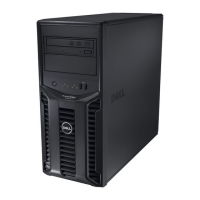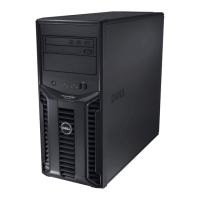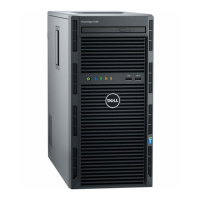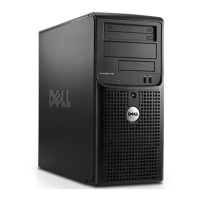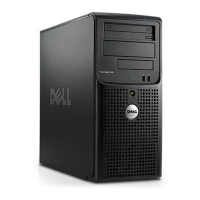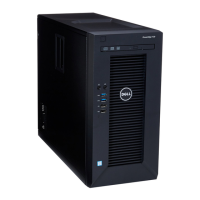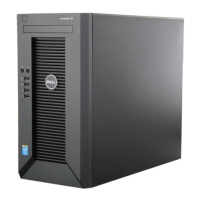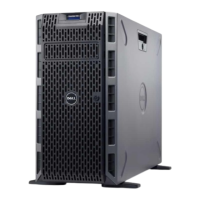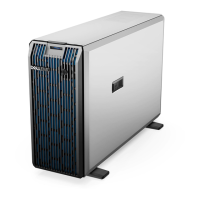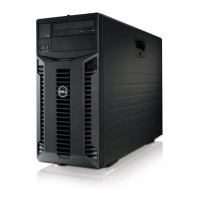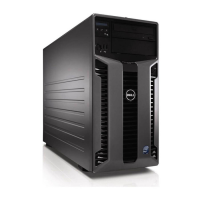36 Using the System Setup Program and UEFI Boot Manager
Entering the System Setup Program
1
Turn on or restart your system.
2
Press <F2> immediately after you see the following message:
<F2> = System Setup
If your operating system begins to load before you press <F2>, allow the
system to finish booting, and then restart your system and try again.
Responding to Error Messages
If an error message appears while the system is booting, make a note of the
message. See "System Messages" on page 20 for an explanation of the message
and suggestions for correcting errors.
NOTE: After installing a memory upgrade, it is normal for your system to display a
message the first time you start your system.
Using the System Setup Program Navigation Keys
NOTE: For most of the options, any changes that you make are recorded but do not
take effect until you restart the system.
Keys Action
Up arrow or <Shift><Tab> Moves to the previous field.
Down arrow or <Tab> Moves to the next field.
<Enter>, Spacebar, <+>,
<
–>, left and right arrows
Cycles through the settings in a field. In many
fields, you can also type the appropriate value.
<Esc> Exits the System Setup program and restarts the
system if any changes were made.
<F1> Displays the System Setup program
's help file.
Mayzie_HOM.book Page 36 Monday, August 31, 2009 9:33 PM
